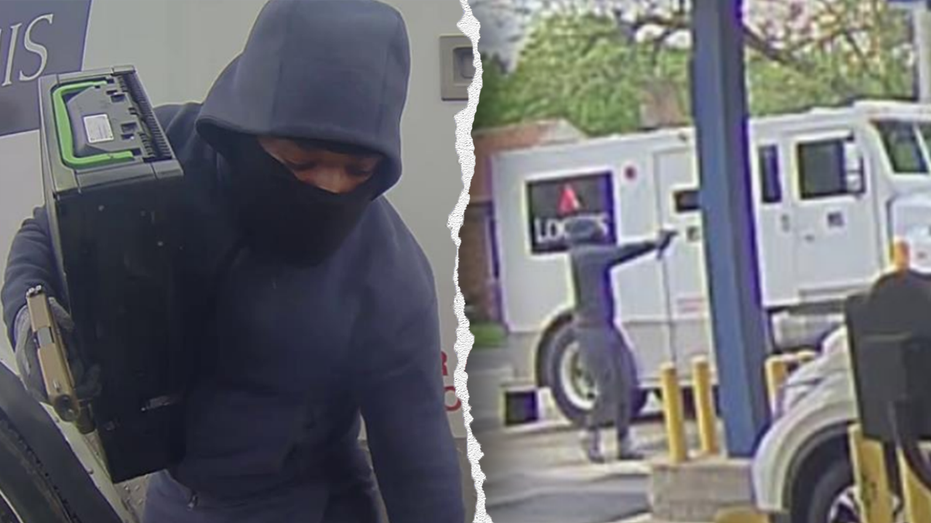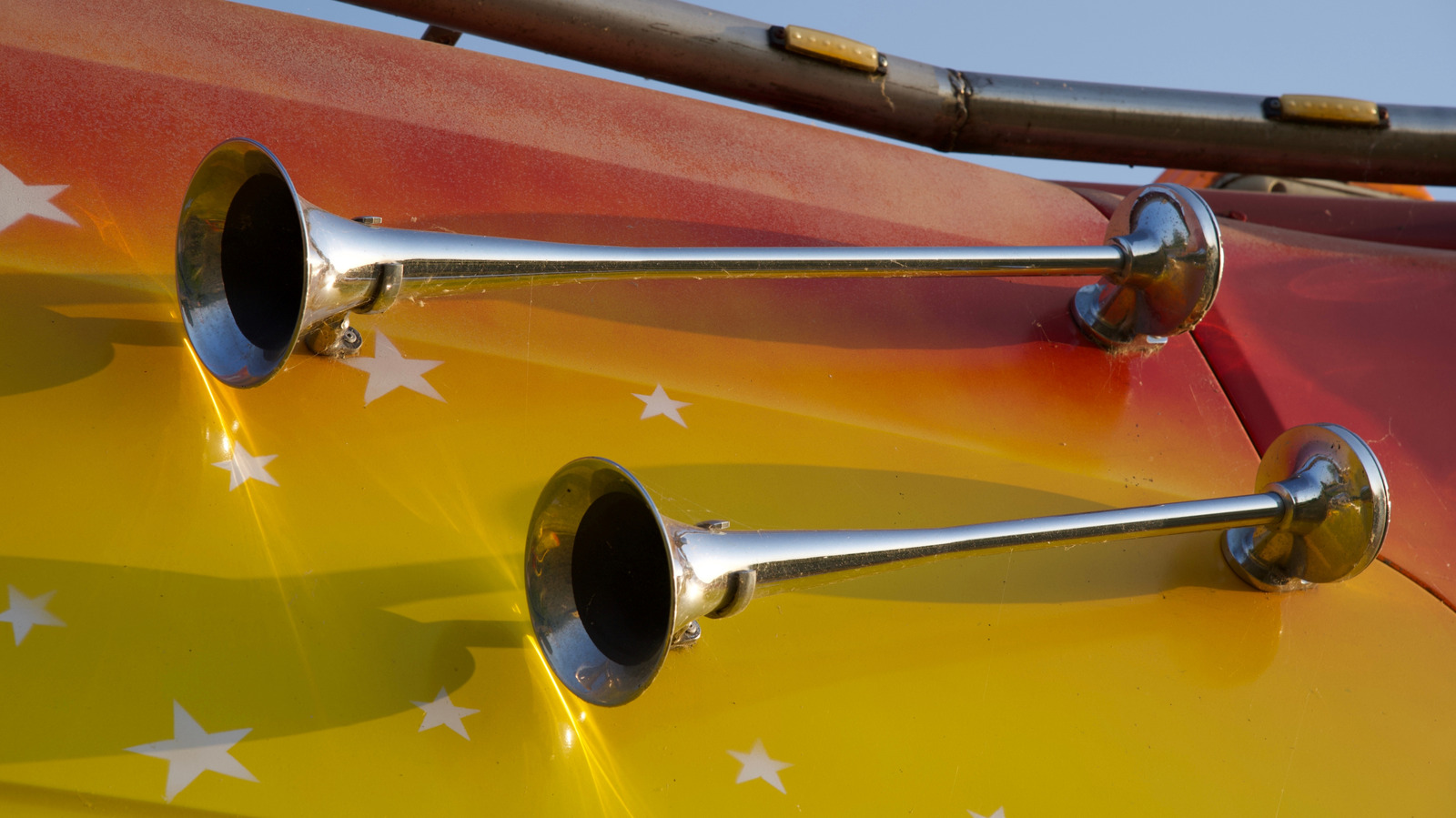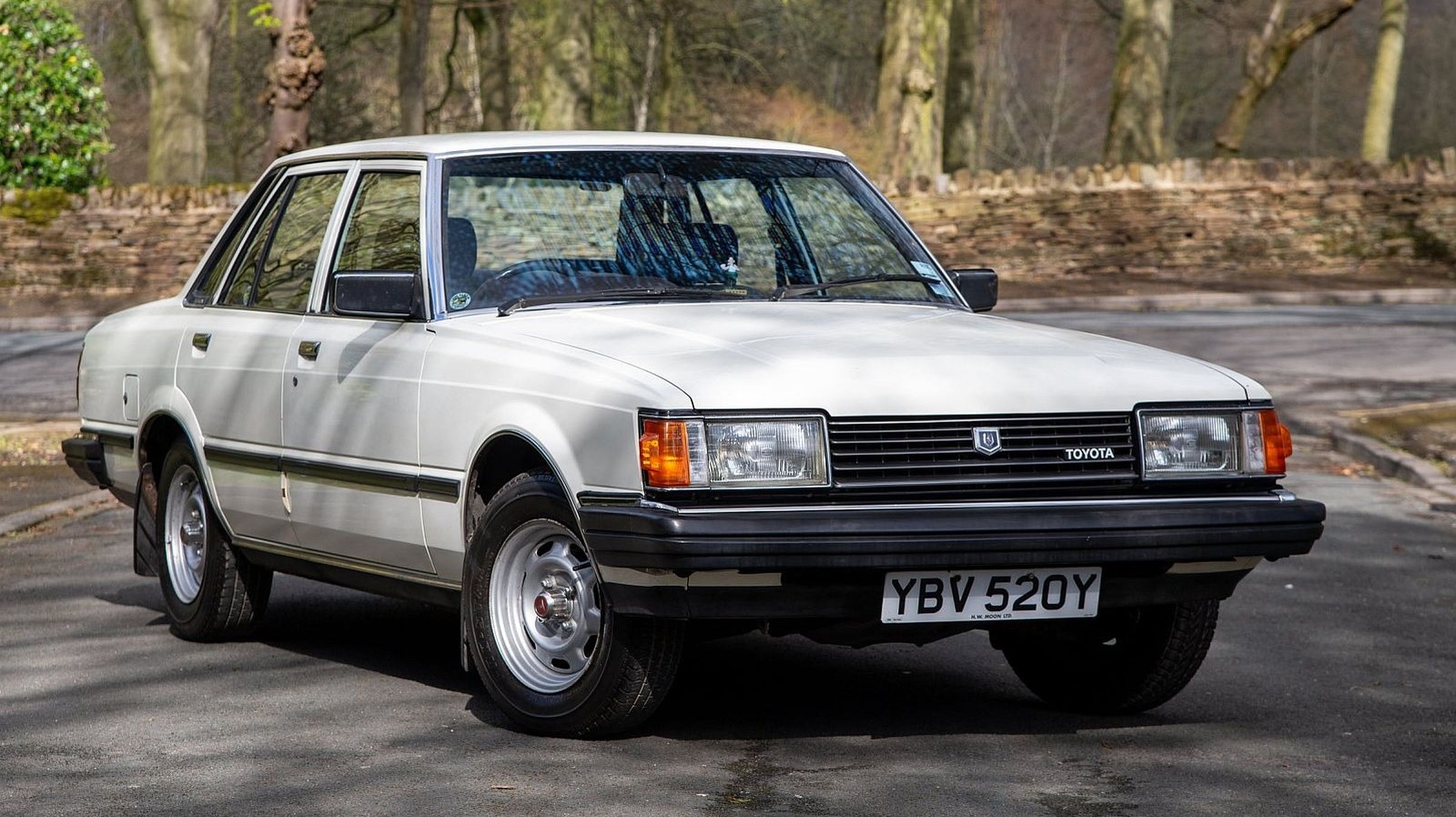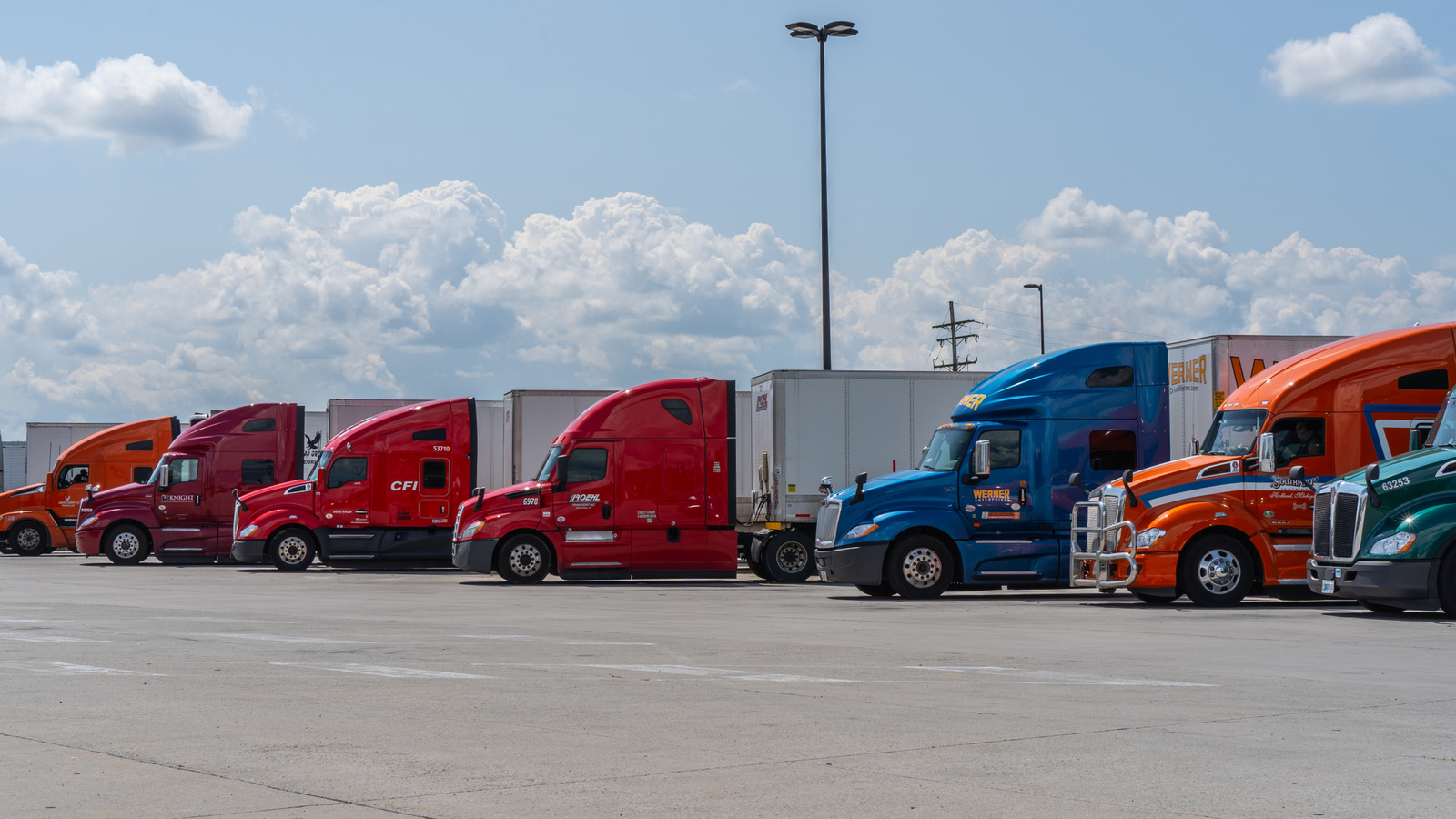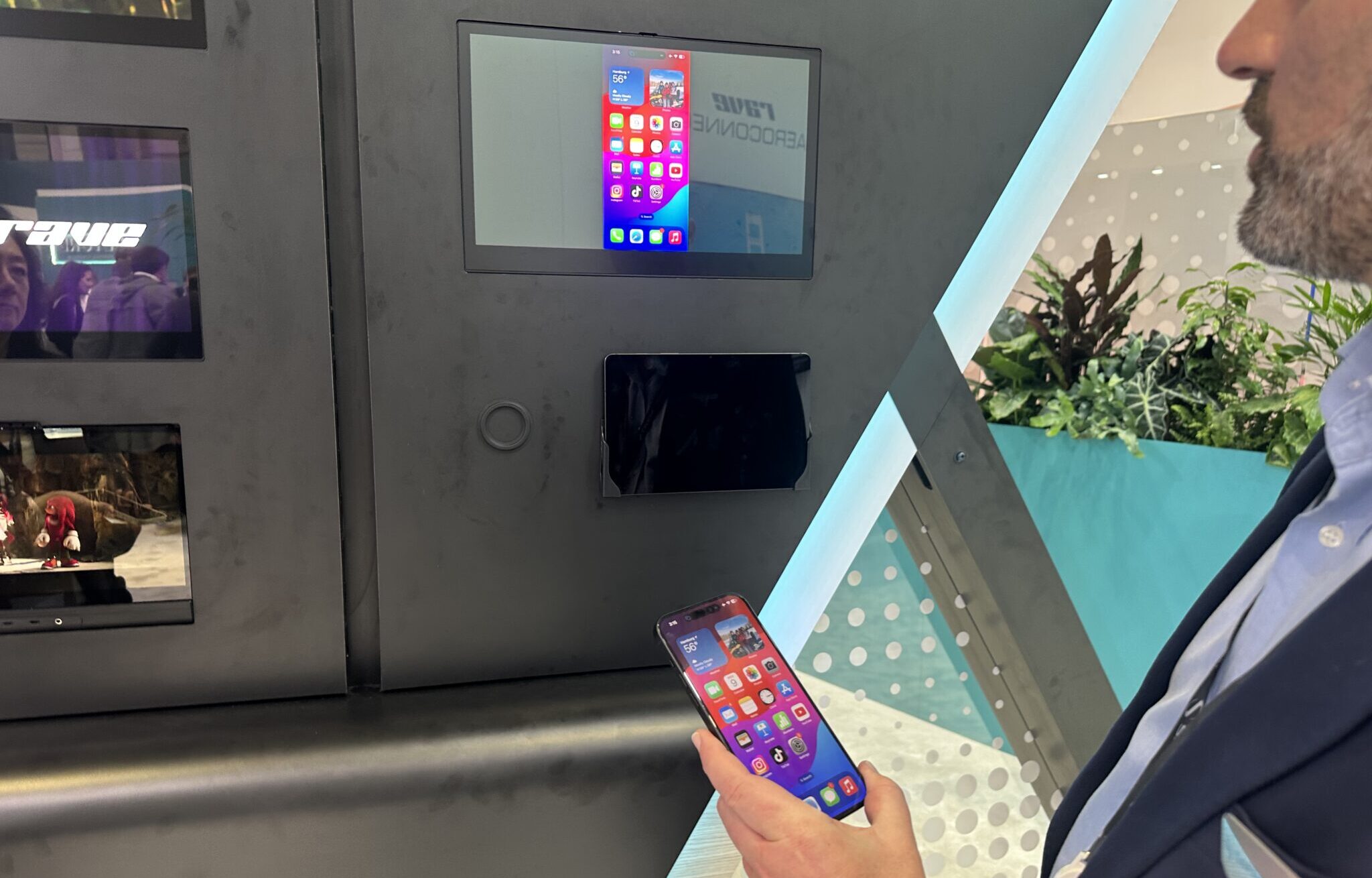How to save on your taxes with automobile logs
You can deduct a lot for valid automobile expenses, but you’ll need to keep a detailed record of your travels. The post How to save on your taxes with automobile logs appeared first on MoneySense.

One of the most vexatious—and most audited—provisions on your income tax return is the claim for automobile expenses. Why? Keeping an auto log is necessary to identify the personal versus business use of the vehicle, if you use it for both purposes. Here’s how to be ready for that inevitable day when a Canada Revenue Agency (CRA) request for justification comes along.
Who can make a claim for auto expense deductions?
Self-employed individuals who file a T1 return as proprietors or unincorporated business owners, employees who negotiate contracts on behalf of their employers, and employed commissioned salespeople can claim a deduction for auto expenses.
What form do you use?
The self-employed use Form T2125 Statement of Business or Professional Activities to claim automobile expenses. Employees, including commissioned salespeople, will need two forms:
- T2200 Declaration of Conditions of Employment—the employer must complete this form.
- T777 Statement of Employment Expenses—the employee completes this one.
What’s claimable?
Auto expenses may include the costs of filling up at the pump, plus maintenance and repair costs like oil changes, restoring brakes and other auto parts. Also claimable are the costs of insurance, licence and registration fees. Certain costs are restricted to maximum claim amounts: monthly interest charges, leases and capital cost allowance, for example.
In all cases, you have to account for “mixed use”—the kilometres driven for employment or business use, compared with the driving distance for personal use. Importantly, driving to and from your place of work is considered to be personal.
Compare car insurance quotes and save
In under five minutes, compare personalized auto insurance quotes from Canada’s top providers.
Tips for keeping your driving log
Have a consistent method of distinguishing business trips from personal trips, and start right away if you haven’t done this in the past. The CRA will look at a reasonable record of your driving in determining whether to accept a claim from the past. Also, if you have a detailed calendar and Google Maps handy, it’s easy to recreate the distance driven for personal and employment/business driving from these records. Some tips and traps:
Tax tips: Save all receipts and mark any unreceipted items in your auto log—even if that’s an electronic log. This includes parking costs, for example. The expenses are first totalled using the actual receipts and the log of cash expenditures like car washes or parking meters. Then the total amount of the expenses are prorated by a formula: the portion of business/employment kilometres driven over the total kilometres driven in the year.
Note that only business parking expenses can be claimed in full; other costs must be prorated. No “cents-per-kilometre” claims are allowed for the auto expense deduction (although this is possible when claiming other provisions like medical expenses or moving deductions).
The distance log: This, of course, is the hardest part and is often considered to be a “tax trap” come audit time. The onus of proof is on the taxpayer, so this must be embraced if you expect your deductions to be allowed.
To begin, don’t forget to write down the odometer reading at the start and end of each fiscal period. For most people, that’s January 1 and December 31. In between, record accurately the details for each employment business trip, including the date, the destination, the reason for the trip and the distance covered. Good news: you can keep a “simplified” or “detailed” log book.
- Detailed records: Keep detailed records every year for the full year. This is always the best tax route. Taxpayers are often surprised by how much more they can claim when they make the effort to be precise.
- Simplified records: In the first year of using your auto for employment/business purposes, establish a detailed full-year log for your “base” year. After this, you can use a three-month sample logbook to make the claim for the whole year, as long as the distance driven is within 10% of the results of the base year. Should the distance fluctuate more than 10% from the base year, the employment/business use of the vehicle must be re-determined. In other words, you’ll need to determine a new base year by keeping a detailed log for a new 12-month period. Remember, set yourself up for this methodology immediately, even if you have been using your car for employment/business use for some time but have never kept a full-year log.
Tax traps: Driving from home to work is considered to be a personal expense, even if the trip is outside of normal work hours. However, there are a few exceptions to consider and record:
- Employees: If your employer instructs you to drive directly from your home to a different location than your usual workplace to perform company business, the distance you travel is considered employment-related and not personal. You are considered to be on the business driving clock from the time you leave home.
- Self-employed individuals: If you operate your business out of your home and drive from there to meet with a client/employee, supplier or subcontractor, or perhaps to pick up supplies or the mail, for example, your driving is for business use from the time you leave your home workplace. Trips from home to an office you may also inhabit offsite from your home office will be considered personal driving except when, as explained above for employee driving, some business activity is performed en route.
Similarly, if you are required to drive directly from a work location other than your normal work location (for example, after attending a conference or meeting, or after running an errand for your employer), then the entire trip is considered to be for employment business and not personal purposes.
What if I have more than one vehicle?
Keep a separate log for each automobile to show the breakdown between the total kilometres driven compared to the business kilometres. Account for (and keep receipts for) each auto’s expenses separately.
Canada’s best credit cards for gas
How long must I keep the records?
Your tax records must be retained for a period of six years from the end of the tax year to which they relate. In the case of the auto log book, there is an important additional nuance: it must be retained for the full 12-month period from the end of the tax year for which it is last used to establish business use.
In conclusion, claiming auto expenses can pay off handsomely when detailed auto logs result in higher deduction claims. However, proper reporting is essential when the tax auditor comes knocking after tax season ends.
Read more about saving on taxes:
- Capital gains tax in Canada, explained
- 2024 tax-filing extensions: What you need to know
- Canadian expat tax guide: “If I work abroad, where do I pay taxes?”
- Rental income and taxes: What’s new for property owners in 2025
The post How to save on your taxes with automobile logs appeared first on MoneySense.
